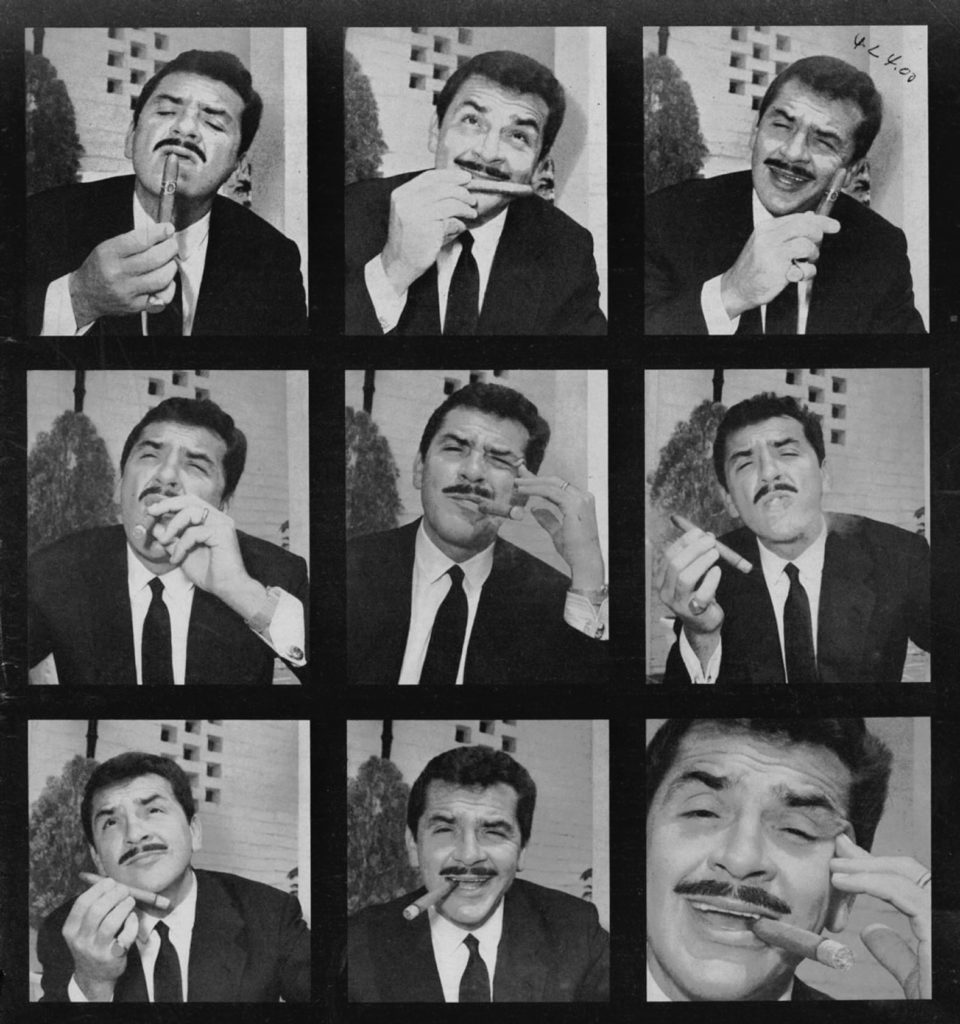I’ve seen the famous Ernie Kovacs commercial for Dutch Masters a few dozen times, at least, and never noticed the string quartet. Not that they were in the commercial, the one known as “Haydn”, the one that won Kovacs and co-director Joe Behar an award the first year the Clios were given out in 1959. Something else.
One aspect to the music in the commercial is incorrect, although it wasn’t known at the time of production. Another is spot on, and that’s what i just noticed, while watching the commercial on a big screen at the Ernie Kovacs Day commemorative program at the Trenton Museum on May 22nd.

The famous string quartet that some people only know because of the Kovacs cigar commercials is not by Haydn. It turned out that this and a few others composed around the same time and long-attributed to Haydn were composed by Roman Hofstetter. But this discovery did not occur until 1965. So, Kovacs gets a pass on the mis-attribution.
[Note: this is not who Leonard from The Big Bang Theory was named after. He’s named for Robert Hofstadter, who won a Nobel Prize in Physics.]
What I noticed last Wednesday in the auditorium in Trenton, viewing the commercial for the umpteenth time, was the way the string quartet was playing. A lot of times when you see musicians in a commercial or a TV show, it’s blatantly obvious that the performers hired are not musicians. (Don’t get me started on people you see in commercials or TV shows portraying orchestra conductors, who appear to be trying to wave out candles on a birthday cake without any sense of rhythm.)
Not so with Kovacs. For instance, according to Edie Adams, Ernie hired actual ballerinas for the “Swan Lake” ballet performed by a company of gorillas on his special Kovacs on Music (NBC, 1959).
If you take a good look — if I may use that expression — at the string quartet in the “Haydn” commercial, you’ll notice that the gentlemen on stage are actually playing their instruments. Not only that, that are playing exactly what we’re hearing on the soundtrack. Look at their fingers. It’s not a performance recording, but they are actually “lip-syncing” to the recording, or doing their best to do so.
This meant there was audio playback for the shoot, and it’s all one long take. It’s carefully timed so the acting, the comic business, the long pan from the audience to the quartet, is done so it lasts the right number of seconds. And Ernie went to the trouble of hiring a professional string quartet to play the Adagio Cantabile movement of the Haydn/Hofstetter quartet in synch with the recording. All for a minor detail that maybe, maybe, musicians who were watching might notice. But they probably wouldn’t.
Heck…I only caught this now after 20 years.
The Ernie Kovacs Centennial Collection DVD box set is available from Shout Factory and other online retailers. The Ernie Kovacs Record: Centennial Edition will be released July 5, 2019 by Omnivore Recordings. For more insight about the concept of items hiding in plain sight, please check out this book by Ben Robinson.
[email-subscribers-form id=”1″]